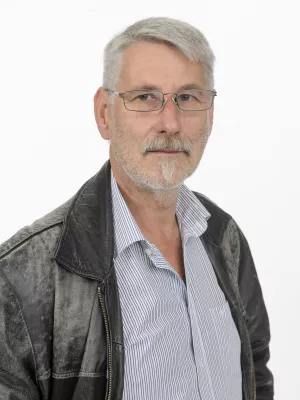
Anders Lindahl
Professor emeritus

Perforated cylinders for heat demanding craft
Author
Summary, in English
Perforated vessels in one form or the other are found in ceramic assemblages in most societies from early prehistoric time onwards. They vary greatly in shape and size, indicating a multitude of uses. This paper focuses on a particular type of perforated vessel – the perforated open cylinder, a “vessel” with no base, or rather with rims at both ends. This means that its function as a container is limited and it could only work when standing on a upright surface, e.g. on the ground. Another plausible function could be an extension “pipe”, for example, on a permanent furnace. In this paper we refer to experiments on the use of the perforated cylinder for heat-demanding crafts, more specifically what temperatures can be reached without using bellows – natural draught – in perforated cylinders of different size and shape, and which type of fuel is the most appropriate.
Department/s
- Department of Geology
- Quaternary Sciences
Publishing year
2011
Language
English
Pages
49-59
Publication/Series
Lund Archaeological Review
Volume
17
Issue
2011
Full text
- Available as PDF - 806 kB
- Download statistics
Document type
Journal article
Publisher
Institute of Archaeology, University of Lund
Topic
- Geology
Status
Published
Research group
- Laboratory for Ceramic Research
ISBN/ISSN/Other
- ISSN: 1401-2189

